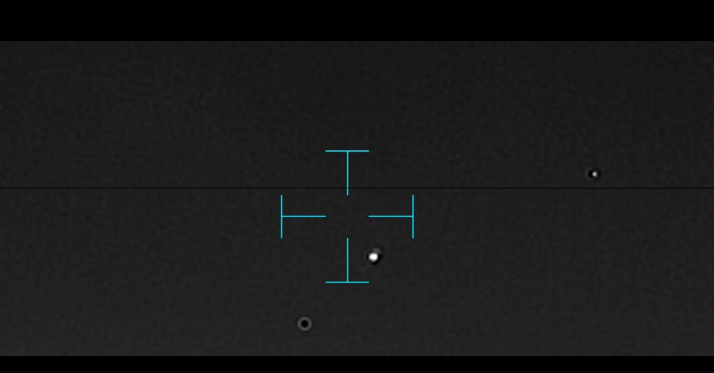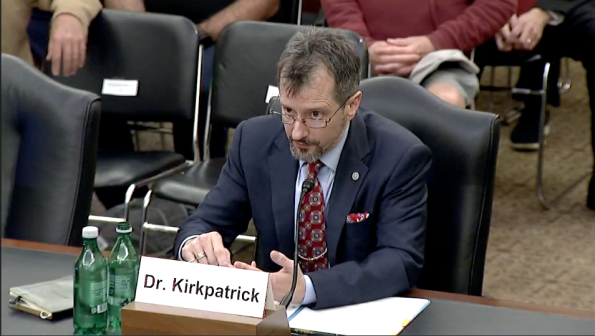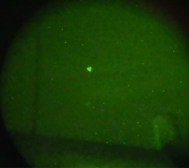Pentagon’s UAP investigation hub works to reach full operational capability

The Pentagon’s All-domain Anomaly Resolution Office (AARO) is on track to reach full operational capability (FOC) by Sept. 30 — or the end of fiscal year 2024, DefenseScoop confirmed on Tuesday.
Deputy Defense Secretary Kathleen Hicks formally established the office in July 2022 as the Defense Department’s newest one-stop hub for investigating official reports of unidentified anomalous phenomena (UAP) that could threaten U.S. national security. In past decades, DOD has set up more secretive iterations of teams to study these types of perplexing encounters with what is now essentially considered multi-domain UFOs — but AARO has been more in the spotlight and has received more financial backing than those that came before.
Congress has also placed deep scrutiny on this office and assigned clear responsibilities to advance transparency on this historically taboo topic, including a mandate for AARO to produce and maintain secure mechanisms for current and former DOD officials (and eventually the broader public) to submit reports of possible UAP for assessment.
One of AARO’s top priorities in 2023 was to “codify and staff unit manning document to full-operating capability,” and in August Hicks said she was looking forward to the office “achieving [that status of full operational capability] in fiscal year 2024,” without sharing exactly when.
“AARO is completing personnel hiring for its [fiscal year 2024] authorized billets and is working to ensure adequate facilities for its growing team. AARO is currently on track to reach FOC by the end of FY2024,” Pentagon spokesperson Sue Gough told DefenseScoop in an email on Tuesday.
Gough said in December the still-growing office was employing more than 40 DOD personnel — around the same time AARO’s inaugural director Sean Kirkpatrick retired and leadership was transferred to its new acting chief Tim Phillips.
In the last few months, AARO has continued to add new resources for public consumption to its official government website, such as balloon and satellite trackers and recommended research papers on spherical drones and advanced propulsion systems.
In response to multiple questions from DefenseScoop, Gough did not clarify what AARO needs to accomplish to function at FOC.
“AARO looks forward to reaching its full capabilities to detect, identify, and attribute UAP on or near military installations, operating areas, training areas, special use airspace, and other areas of interest,” she wrote.






